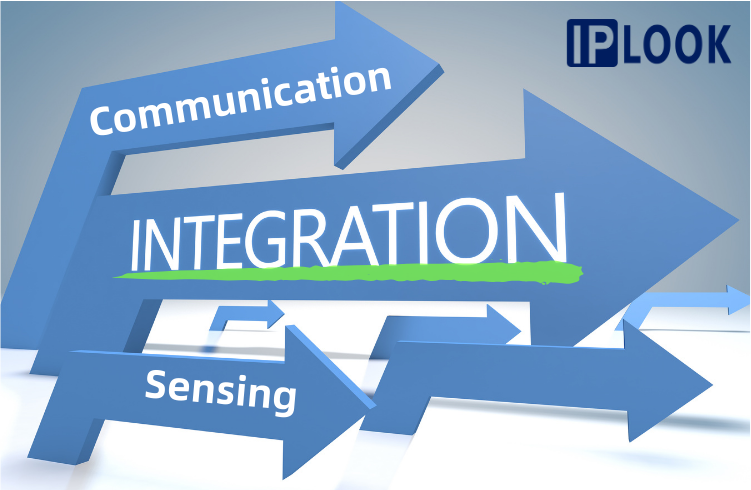
In the age of advanced technologies, the progress of technologies depends heavily on the capabilities of next-generation wireless networks. Meeting the demands of these innovative services requires advanced sensing, communication, and computation capabilities. This is where Integrated Sensing and Communication (ISAC) systems come into play, offering a solution that improves functionality while minimizing the use of wireless resources through full cooperation.
The basic idea behind ISAC is to leverage the ubiquitous deployment of wireless networks and the widespread availability of devices with sensing capabilities to create a unified system that can collect, process, and transmit data in a seamless and efficient manner.
Communication and sensing have long been developed independently as separate fields. However, recent technology trends indicate that sensing systems represented by radar and communication systems represented by wireless communication networks are becoming increasingly similar in terms of system architecture, channel characteristics, and signal processing. This convergence is evident, suggesting a growing intersection between the capabilities and functions of communication and sensing.
Gains
Compared to separate communication and sensing systems, the integration of sensing and communication offers two gains:
· Integration Gain: Combining wireless communication and sensing systems can lead to significant improvements in the utilization of resources such as spectrum, energy, and hardware. This integration can reduce system costs and realize the benefits of economies of scale.
· Coordination Gain: Communication and sensing functions can work together to enhance each other's performance. For example, cellular/Wi-Fi networks can be used for distributed sensing to boost sensing capabilities, while active sensing can assist in wireless resource management and allocation to improve communication performance.
Vision
Accordingly, ISAC has the following vision: Integrated Communication Sensing:
· Integrating sensing capabilities into wireless networks will unlock new value and lay the foundation for a future cross-generational wireless standard. The communication network is also a sensing network, which senses the city, the world, and everything.
· Sensing-assisted Communication: Using sensing to assist communication can significantly enhance network performance, reduce resource overhead, and improve real-time performance and robustness, enabling extreme capabilities.
Industry Development
The communications industry has two main sets of standards for wireless networks: Wi-Fi and cellular networks. In the emerging field of ISAC, Wi-Fi standards have taken the lead once again, establishing the first international standard for ISAC - IEEE 802.11bf (WLAN Sensing). This development is significant as it indicates that the integration of communication and sensing is gaining traction in wireless networks. It's exciting to think about the potential impact of ISAC on the industry and how it might transform the way we use wireless networks in the future.

